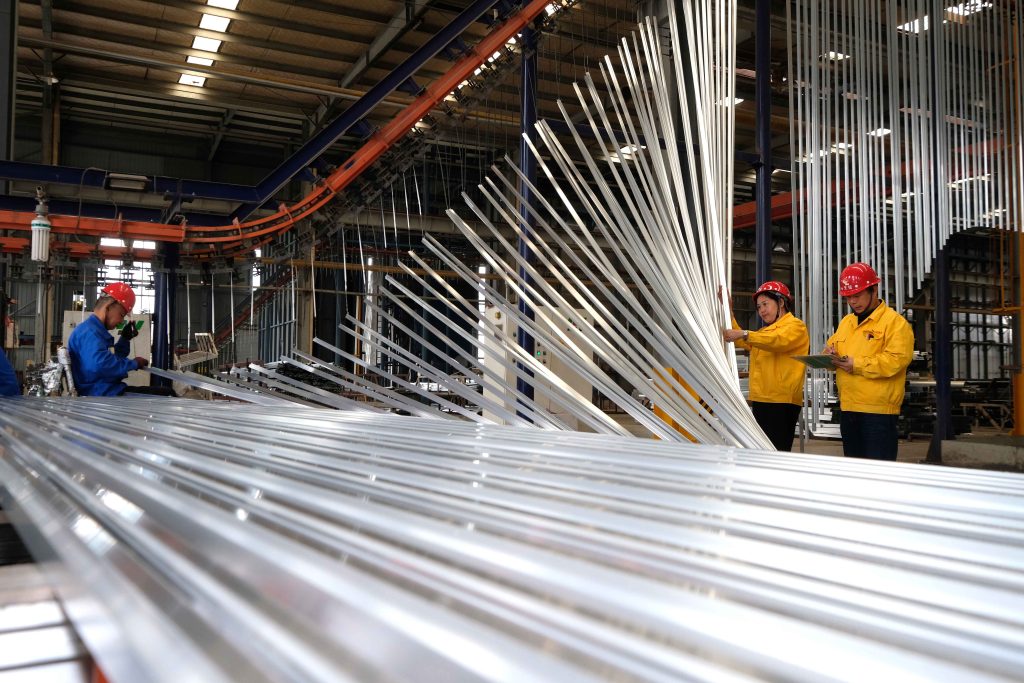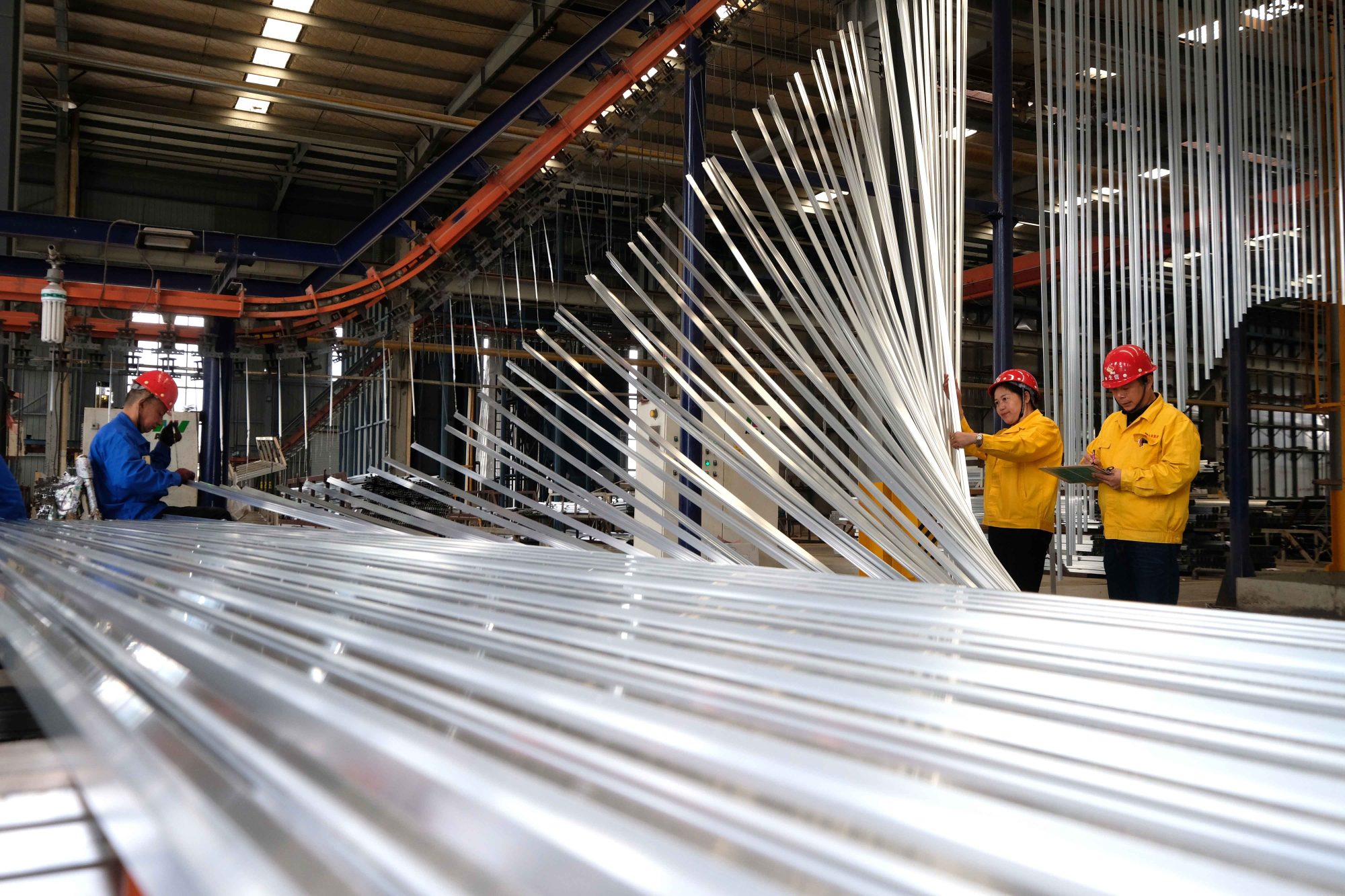Introduction
The aluminum market is currently experiencing significant fluctuations, influenced by a combination of market dynamics and economic indicators. For industry stakeholders, keeping abreast of these developments is crucial for making informed decisions. This article delves into the recent trends in aluminum prices, supply chain disruptions, and the broader economic context impacting demand and supply.
Section 1: Recent Price Trends
Aluminum prices recently faced downward pressure, closing 0.76% lower at 233.7. A notable contributor to this decline was the substantial increase in LME inventories, which more than doubled within a month to reach 1.1 million tons. This surge in supply added bearish sentiment to the market. Additionally, the widening discount between the LME cash and three-month aluminum contracts, reaching $62.44 per ton, indicated a weakening near-term demand compared to future expectations.
Section 2: Economic Indicators and Their Impact
The Federal Reserve’s decision to hold interest rates steady and postpone potential rate cuts until possibly December also weighed on aluminum prices. This decision reflects broader economic conditions and influences investor sentiment. Meanwhile, China’s trade data provided mixed signals. While exports surpassed expectations, suggesting resilient overseas demand, slower import growth highlighted domestic consumption challenges. These economic indicators play a pivotal role in shaping market expectations and pricing.
Section 3: Supply Chain Dynamics
Disruptions in the alumina supply chain have added another layer of complexity to the aluminum market. Reduced output from China and Rio Tinto’s force majeure on alumina shipments from Australia have raised supply-side concerns. Despite these disruptions, global primary aluminum production in April increased by 3.3% year-on-year, demonstrating ongoing supply resilience. These dynamics are crucial for understanding potential future price movements and supply constraints.
Section 4: Technical Market Analysis
From a technical standpoint, the aluminum market has shown signs of long liquidation, marked by a 7.25% decrease in open interest alongside a decline in prices by 1.8 rupees. Currently, aluminum finds support at 231.9, with potential downside testing towards 229.9. On the upside, resistance levels are observed at 236.4, with a breakout potentially leading to a test of 238.9. Understanding these technical levels is essential for traders and investors to navigate the market effectively.
Section 5: China’s Role in the Aluminum Market
China continues to play a significant role in the global aluminum market. The country’s robust import figures for unwrought aluminum and products, up 72.1% year-on-year in April, highlight sustained demand despite broader economic uncertainties. China’s demand trends are a critical factor influencing global prices and supply dynamics, making it essential to monitor developments closely.
Conclusion
In summary, the aluminum market is currently navigating a complex landscape marked by price pressures, supply chain disruptions, and mixed economic signals. For stakeholders, staying informed about these factors is crucial for making strategic decisions. As we move forward, monitoring technical indicators and understanding the broader economic context will be key to anticipating future market movements and opportunities.

